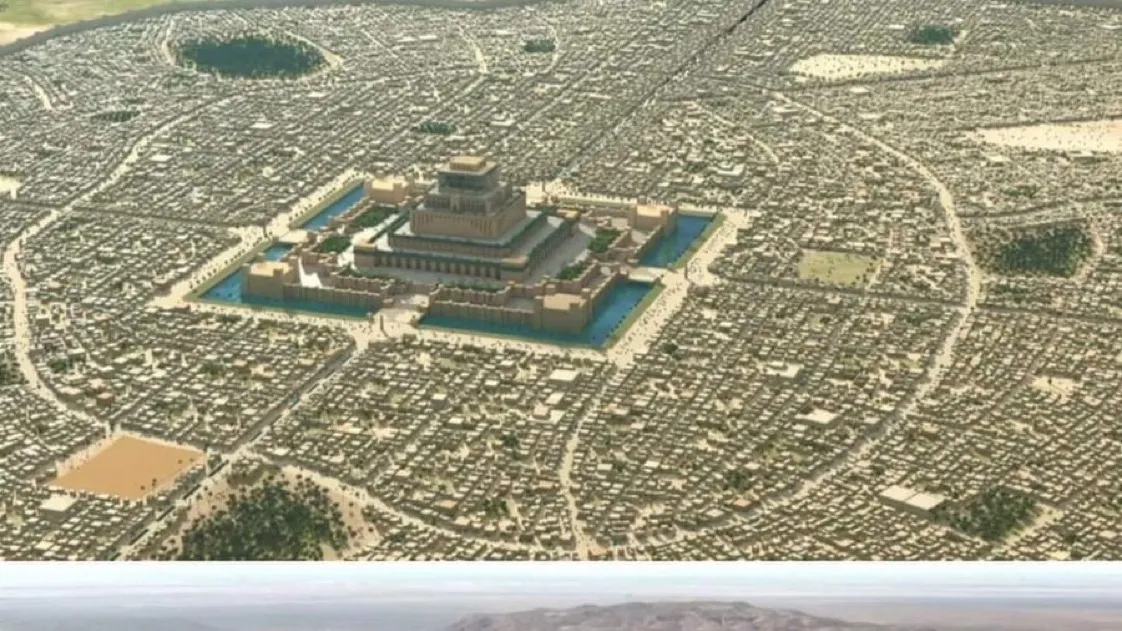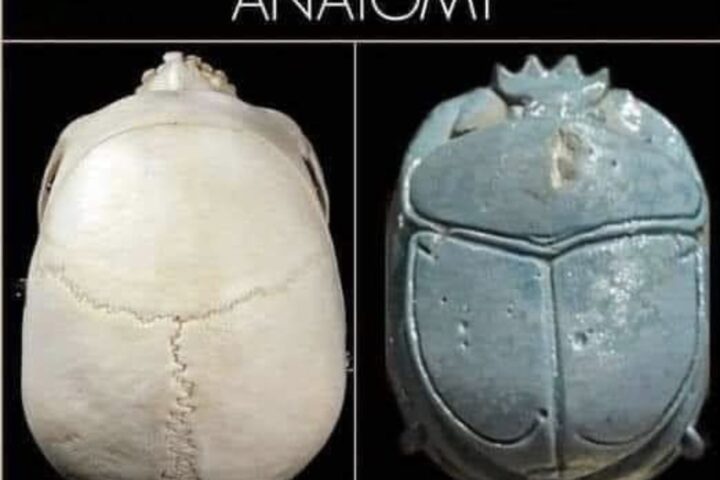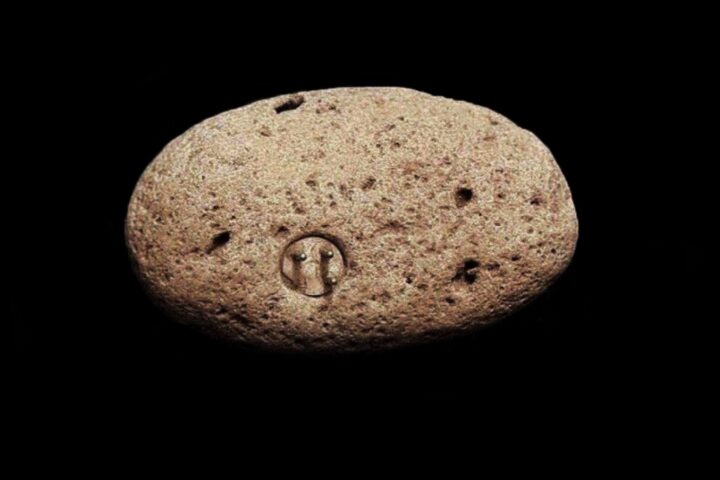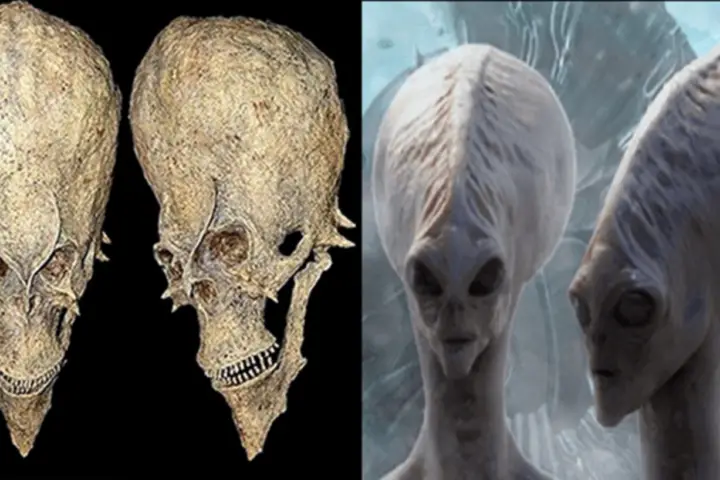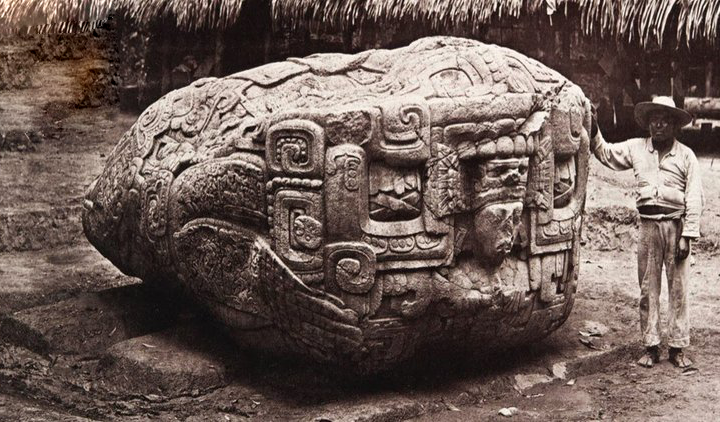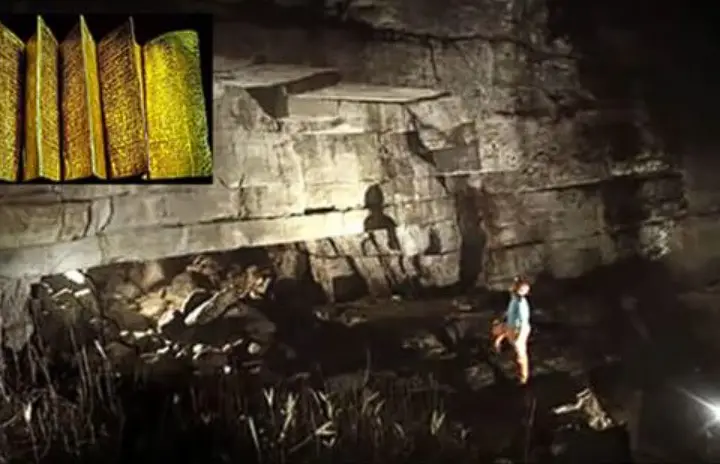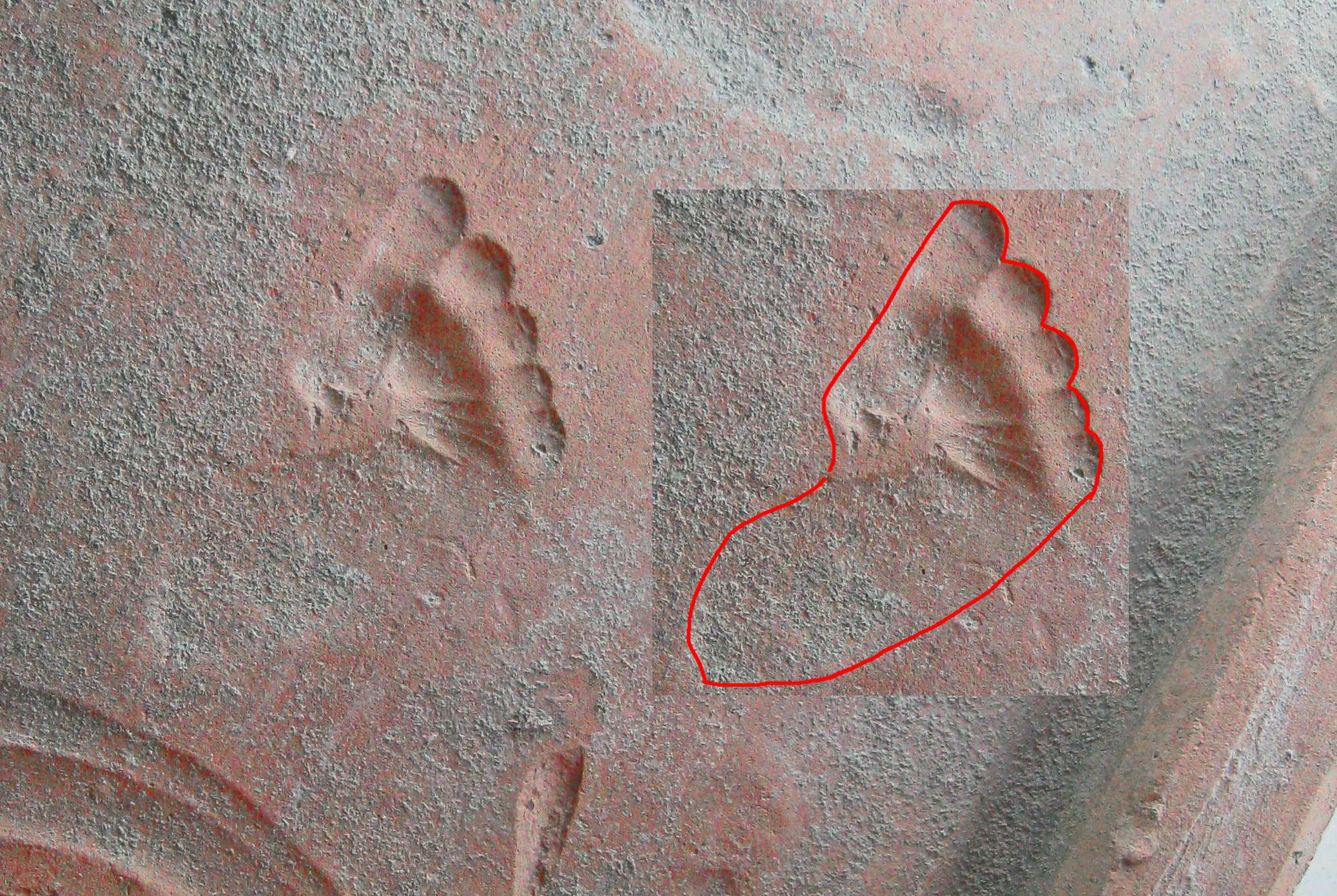Introduction: The ancient Sumerian city of Uruk, nestled in the southern region of what is now Iraq, holds a unique place in human history. Recognized as the world’s earliest known urban center, Uruk thrived between 6,500 and 4,000 BC. Its historical significance was first brought to light in 1849 AD by the pioneering archaeologist William Loftus, marking a monumental moment in the study of ancient civilizations.
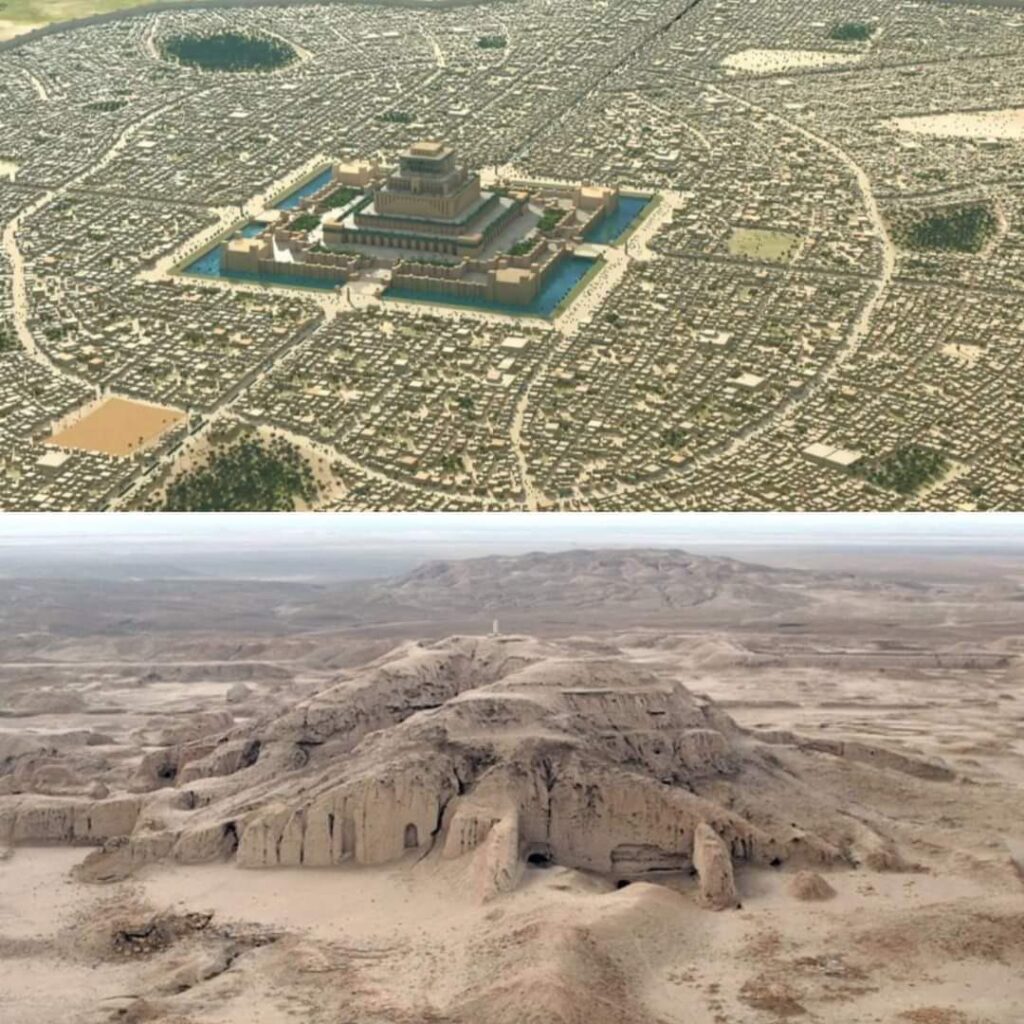
The Rise of Uruk: Uruk emerged as a central hub of ancient Mesopotamian culture, playing a pivotal role in the development of urban living. The city was a cradle of innovation, where writing, monumental architecture, and complex social structures began to take shape.
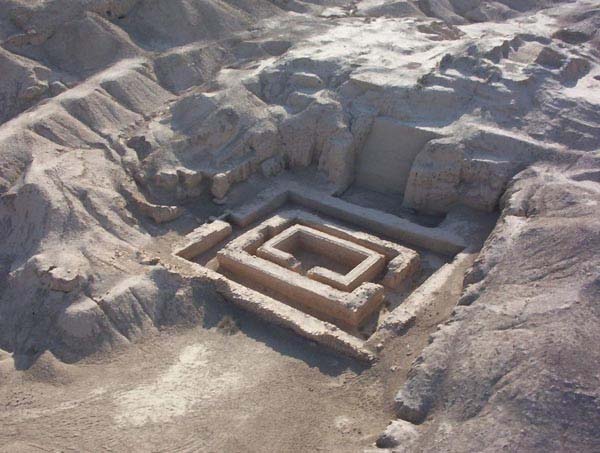
Architectural Marvels: Uruk’s architecture, including its massive walls and temple complexes, showcased the advanced urban planning and construction techniques of the era. The city was home to the legendary Eanna and Anu Ziggurats, reflecting the importance of religion in Sumerian society.
Cultural and Historical Impact: As the birthplace of cuneiform script, the earliest form of writing, Uruk was instrumental in the transition from prehistory to historical times. The city’s contributions to art, architecture, and literature laid the foundations for Mesopotamian culture and influenced subsequent civilizations.
Rediscovery by William Loftus: William Loftus’s discovery of Uruk in 1849 opened a new chapter in the understanding of ancient Mesopotamian history. His excavations revealed a wealth of artifacts and knowledge, offering unprecedented insights into the life and times of early urban societies.
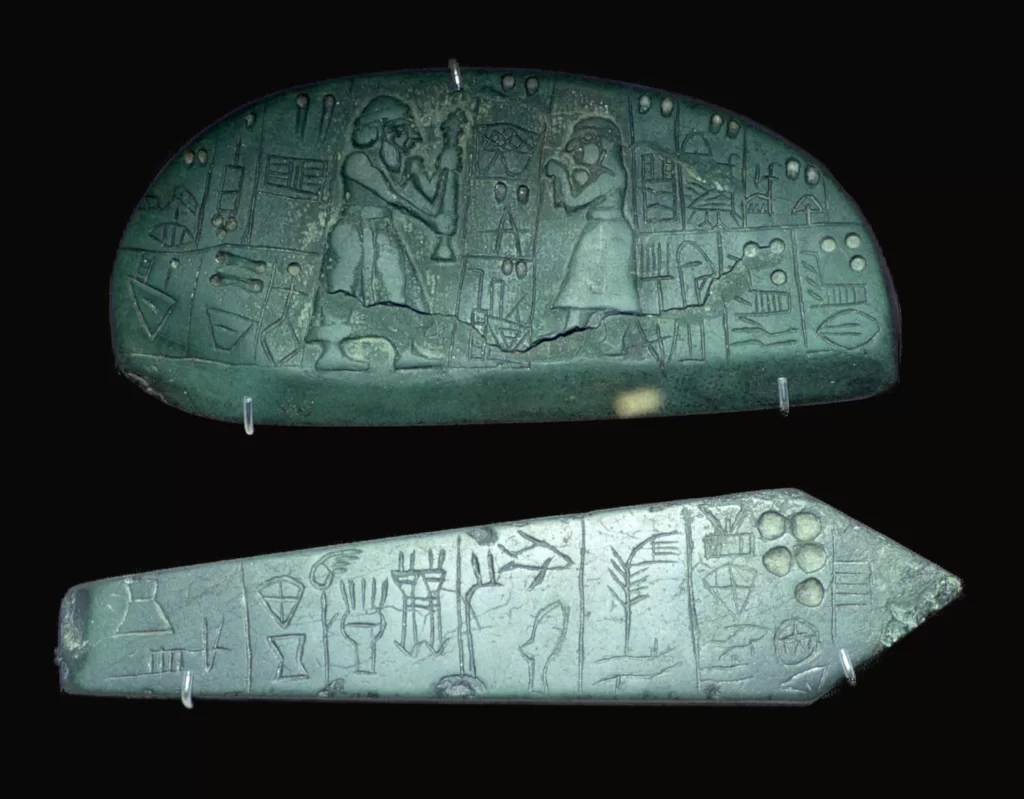
Preservation and Legacy: Today, Uruk’s legacy continues to be preserved through ongoing archaeological efforts. The site offers invaluable insights into the origins and development of urban civilization and remains a focal point for scholars and history enthusiasts worldwide.
Conclusion: Uruk’s story is a testament to the ingenuity and resilience of ancient civilizations. As the world’s first urban center, it stands as a symbol of human progress and a reminder of the rich history that shaped our modern world.

